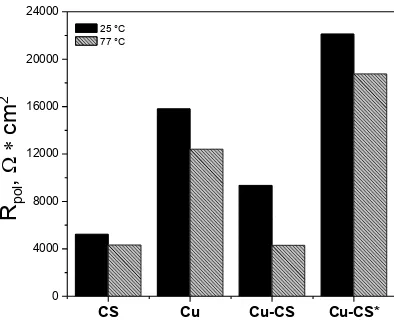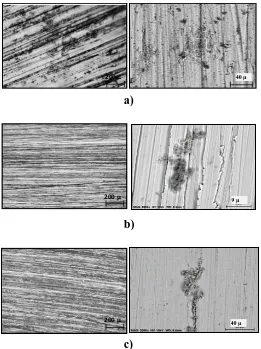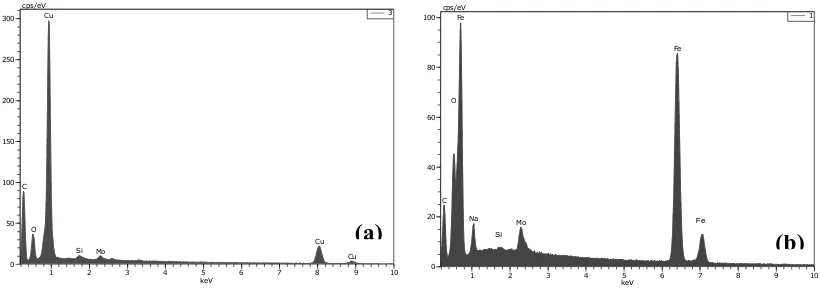Electrochemical Study of Oxyanions Effect on Galvanic Corrosion Inhibition
Full text
Figure




Related documents
: Using electronic technology to improve clinical care – results from a before-after cluster trial to evaluate assessment and classification of sick children according to
Many of these sectors have a concentration of activity in rural communities (via small hotels, guest houses and tour operators). One question is how resilient might local
surface morphology and thermal stability of free PANI and PANI/MFe 2 O 4 nanocomposites have
The absence of this resonance peak in the soot obtained from candle wax flame combustion is an indication that the candle wax flame soot had formed impure as well as few
According to the results dose dependent decrease detected on variety on Cutaneous Leishmaniasis using different levels of Glocantime and hydroalcholic extracts of green
found a significant reduction in blood loss in patients by using dutasteride for at least one month before TURP compared to the control group [19].. Kravchick
As glaciers retreat, basin runoff in the maritime climate under the RCP8.5 scenario experiences a transient increase of about 10 %–40 % over a time period of 20–100 years, with
Comparison of the lag time and diurnal discharge amplitude of debris-free and debris-covered glaciers ( Sections 4.2.2 and 4.2.3 ) sug- gests that glaciers with an




